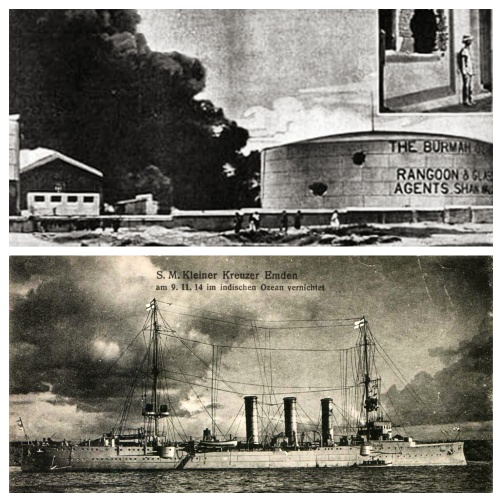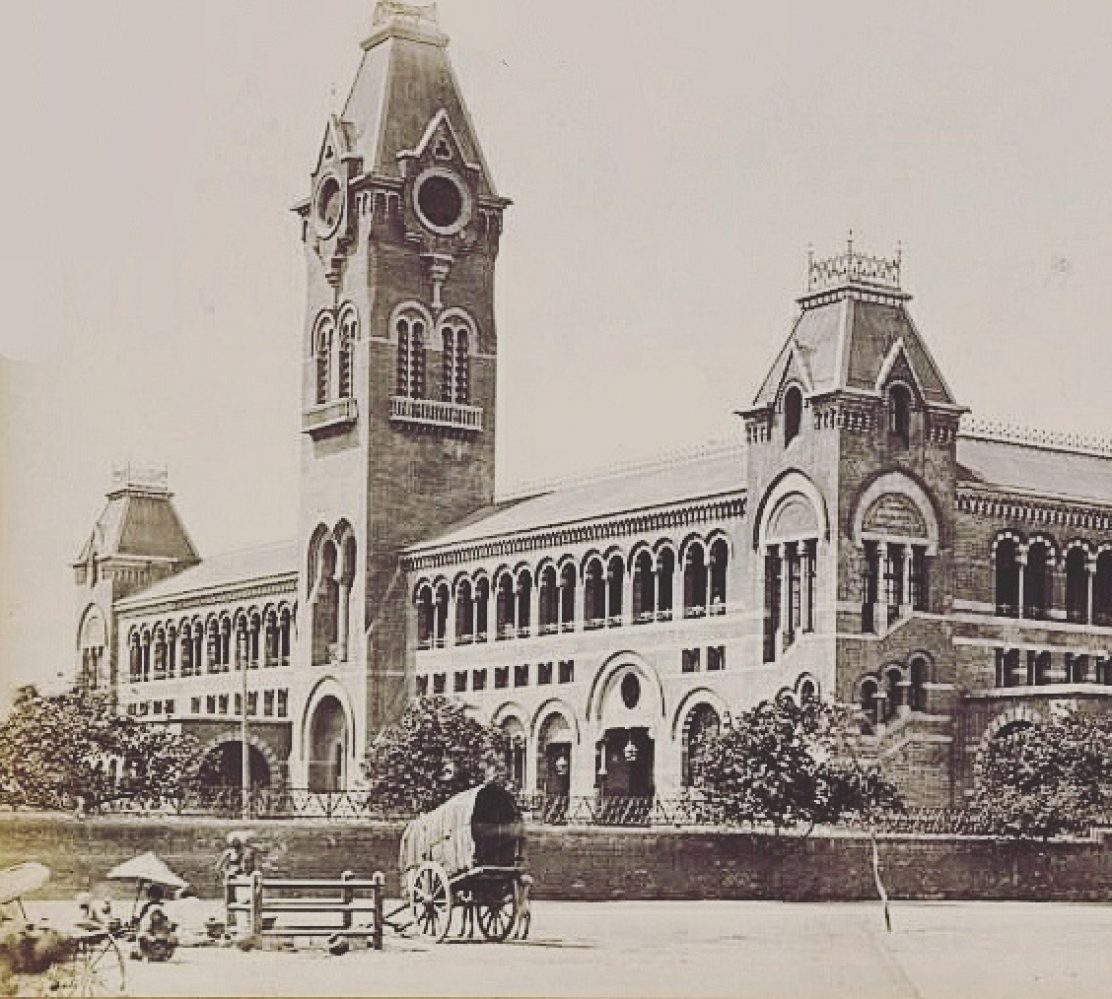Madras has always been a important city/ landmark for the british administration since early times. As a result we also had to face the burnt of being the only Indian city to be attacked by the German cruiser ship Emden during the First World War. 🌎
On September 22 1914, German cruiser SMS Emden advanced close to the Madras shore and opened fire at storage tanks of the British-owned Burmah Oil Company. The Emden’s captain, Karl von Muller directed the ship into the Madras harbour managing to elude the British navy that had a huge fleet in the Bay of Bengal and the Indian Ocean. At 9.30pm, the port was completely illuminated despite a blackout order, when Muller gave the order to engage. An attack by a German warship was the last thing that overconfident British navy officers in Madras expected.
The German ship fired at least 125 shells within 10 minutes. The shells targeted and destroyed four tanks containing 350,000 gallons of oil. Some historians say Fort St George was the main target of the German warship but the sailors proved to be poor marksmen.
By the time the British responded, Emden had left the area after destroying the oil tanks and merchant ships inside the harbour.
SOURCE: THE HINDU | TOI


